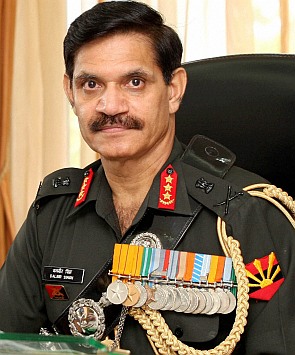

Sarabha, who had by then left studies, was its youngest founding member. It was a precursor to the Ghadar Party, that was formed on July 15, 1913, with the express aim of overthrowing the British government in India. Soon he came into contact with Lala Hardayal, an acclaimed Sanskrit scholar, Sohan Singh Bhakna, a farmer, and Pandurang Sadashiv Khankhoje, an agricultural scientist who formed the Pacific Coast Hindustan Association in 1913. “A sharp and gregarious youngster, he must have been influenced by the two,” says Prof Jagmohan Singh, Bhagat Singh’s nephew, who has been doing research on him.įrom Cuttack, Sarabha headed to Berkeley, to pursue Electrical Engineering in 1912. Sarabha, who lost his father at three and mother at 12, was brought up by his grandfather Badan Singh Grewal, who moved him from Malwa Khalsa high school to Arya High School, Ludhiana, before packing him off to Cuttack where his uncle was posted.Īt Ravenshaw Collegiate School in Cuttack, his teachers included the famous nationalist Beni Madhab Das, who inspired Subhas Chandra Bose, a year his junior. “It was a very princely sum for those days,” Prof Lal points out.ĭr Gurdev Singh Sidhu, an authority on the Ghadar movement, says Sarabha was born into a highly educated family - one of his uncles was a doctor in the British army while another was a senior officer in the forestry department. The court ruling convicting Sarabha mentioned that Kishan Singh had given Sarabha Rs 1,000 for his movement. Newly returned from the US, with a fire in him against the British empire, the 18-year-old would visit Bhagat Singh’s father Kishan Singh. “He used to tell her that Sarabha was his ustad.”īhagat Singh was seven when he first saw Sarabha.

Dr Gurbhajan Singh Gill, a poet-historian, recounts how Bhagat Singh’s mother Vidyawati told him he always carried Sarabha’s picture in his wallet.


 0 kommentar(er)
0 kommentar(er)
